Do Tea or Tea tag Expire? The Truth About Tea Shelf Life
For many tea newcomers, the mysterious world of tea leaf shelf life can be a bit baffling. Some folks even hold the myth that all tea leaves are immortal, but that's far from the truth. Today, we'll unravel the enigma of tea leaf longevity and spill the tea on how to store them properly.
First things first, it's vital to grasp that tea leaves are essentially a form of food and, as such, they have a finite shelf life. However, the various processing methods for different types of tea introduce some wrinkles into the equation. This means it's crucial to distinguish which teas are ideal for immediate consumption and which ones have a shot at aging gracefully. Of course, we'll also lay down the law on how to keep them in pristine condition.
Green Tea
Green tea, being unfermented, has a relatively short shelf life. Typically, you're looking at about a year at room temperature, although vacuum-sealed green teas can hold up for around 18 months. So, how long does green tea last, you ask? It's all about temperature, light, and humidity. These are the key culprits that impact the quality of green tea during storage. Proper storage conditions, which mitigate these factors, can extend green tea's peak period. Storing it in the fridge is top-notch, and it's a great idea to keep it away from other odorous items due to its strong odor-absorbing prowess.

Green Tea
Yellow Tea
Yellow tea's preparation closely mirrors that of green tea, with an extra "smothering" step. Nevertheless, this doesn't provide a significant extension of its shelf life. Usually, you're looking at around 1 to 3 years for yellow tea. Storage methods for yellow tea aren't far off from those for green tea. Keep it sealed in a container, preferably in the refrigerator with a freshness preserver to shield it from the air and fend off odors.
Black Tea
Black tea, crafted from the tender leaves and buds of tea plants, undergoes full fermentation. This process bolsters the tea's internal stability, making it less vulnerable to external influences. Under regular conditions, black tea can endure for over two years. However, many find that the flavor can start to fade after two years. So, it's wise not to keep black tea for longer than that. Proper storage for black tea calls for a cool, dark, sealed, moisture-free, and odor-free environment.

Black Tea
Oolong Tea
Oolong tea, a partially fermented kind, can hang in there for about 18 months when refrigerated. Baked oolong teas, like Wuyi rock tea, can weather the aging process for up to two years. Storing oolong tea effectively hinges on the moisture content of the leaves and the resistance of the packaging material. Keeping it apart from other foods is crucial to prevent odor absorption. For the granular vacuum-sealed oolong, refrigeration is best, while strip-shaped oolong fares well sealed at room temperature in a moisture-resistant environment.

Oolong Tea
White Tea
White tea is often dubbed the "1 year tea, 3 years medicine, 7 years treasure" because, under optimal storage, its taste mellows and its worth multiplies with time. In general, white tea can sit tight for up to a decade or even more. So, how long can tea last? Short-term storage means sealing white tea in parchment paper bags and placing it in a cool, dry, odor-free locale. For long-term safekeeping, opt for aluminum foil bags, remove air, seal the package, pop it into a cardboard box, and store it in a dry spot. It's important to note that white tea shouldn't be left exposed to air for extended periods. During the aging process, it appreciates a touch of oxygen, so there's no need for vacuum-sealing. The ideal storage temperature range is between 10-30°C.

White Tea
Dark Tea
Dark Tea matures in aroma over time, yet its post-fermentation process doesn't grant it unlimited potential, as found in raw Puerh tea or white tea. Loose-leaf dark tea usually takes about 3-5 years for maturation, while compressed dark tea might require a decade and a half. At this stage, the tea peaks, and its aroma and taste may taper with further aging. Keeping dark tea in a well-ventilated spot is key, steering clear of airtight conditions. Adequate ventilation supports natural oxidation and enables moisture absorption from the air, aiding the humid oxidation process and supplying moisture and oxygen for microbial metabolism. It's wise to skip the plastic bag seal and opt for packaging materials that allow proper airflow, such as parchment or craft paper.

Dark Tea
Puerh Tea
Puerh tea plays the field with two categories – raw (sheng) and ripe (shou). Ripe Puerh can generally coast for over 15 years. Raw Puerh, offering more aging potential, typically hits its peak after 12-15 years. Beyond two decades, the aroma and taste may start a gradual decline, and after half a century, the aroma may fade to a whisper. Proper Pu-erh tea storage is a strict business, regulating light, temperature, and humidity with military precision. Before boxing up the tea, ensure it's hermetically sealed in a plastic bag to dodge moisture and odors.

Pu-erh Tea Cake
In a nutshell, sipping tea is an intricate art. While tea boasts numerous health benefits, mishandling can be a serious faux pas. Hence, before you dive into your tea journey, it's imperative to verify the quality and shelf life of your tea leaves. This is the inaugural and paramount step in the realm of tea appreciation. Cheers!


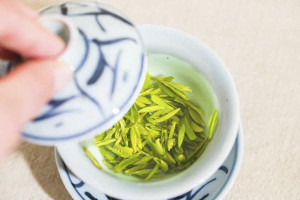

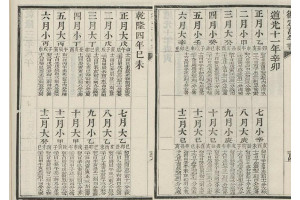
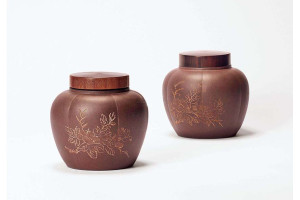
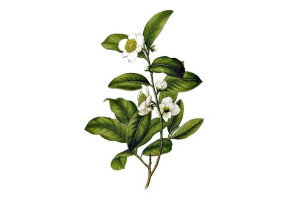

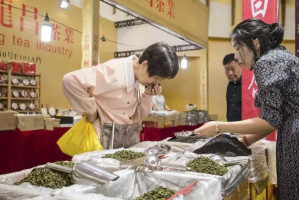
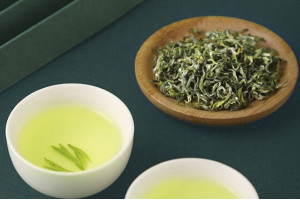
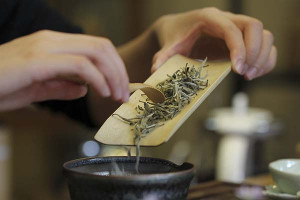
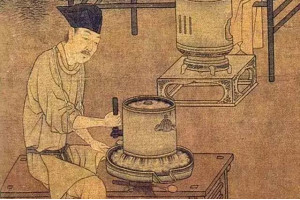
Leave your comment